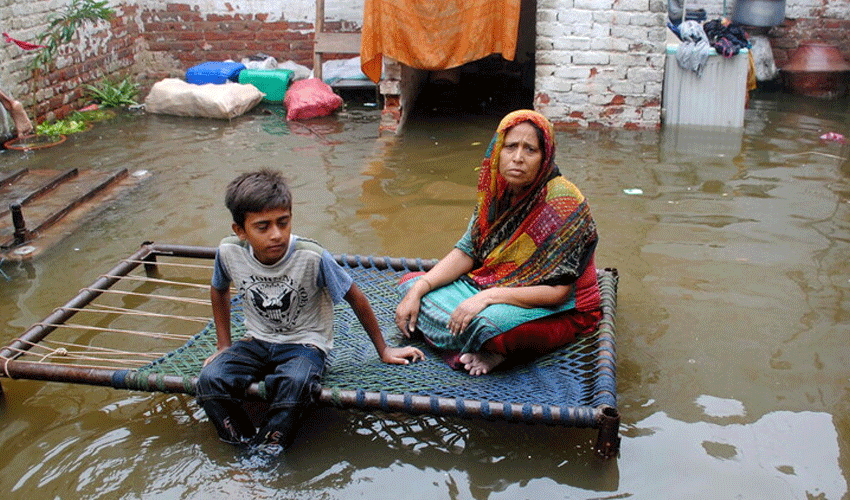Seventy-nine fatalities and one hundred forty injuries occurred due to monsoon-related incidents throughout Pakistan.

According to a report released by the National Disaster Management Authority (NDMA) on Tuesday, torrential monsoon rains and subsequent floods have resulted in a minimum of 79 fatalities across Pakistan in the past 12 days.
The report, encompassing the timeframe from June 26 to July 7, discloses a dire toll: There were 29 fatalities in Khyber Pakhtunkhwa, 24 in Punjab, 15 in Sindh, and 11 in Balochistan. Alongside the fatalities, 140 individuals were injured, comprising 57 children, 48 men, and 35 women.
The NDMA reported that a minimum of 66 houses were entirely destroyed, while 123 others sustained partial damage as a result of flash floods and intense rainfall affecting multiple regions nationwide.
The Pakistan Meteorological Department (PMD) previously cautioned of elevated rainfall during the monsoon season, raising apprehensions regarding urban flooding and landslides, especially in susceptible districts.
Concurrently, the Provincial Disaster Management Authority (PDMA) Punjab has released its assessment of the rainfall documented in multiple cities.
A spokesperson reported that the highest rainfall occurred in Sheikhupura at 48 millimeters, followed by Lahore at 40 millimeters, Gujranwala at 6 millimeters, Murree at 5 millimeters, and Faisalabad at 4 millimeters.
Precipitation was recorded in various other districts, including Sialkot (2mm), Mandi Bahauddin (1mm), Attock, Toba Tek Singh, Bahawalnagar, Kasur, and Bahawalpur.
Director General of PDMA Punjab, Irfan Ali Kathia, cautioned that the current monsoon rainfall is anticipated to persist until July 10. He implored citizens to exercise vigilance, refrain from non-essential travel during intense rainfall, and adhere to official guidance provided by local authorities.
Emergency response units and rescue teams have been deployed in at-risk areas, while district administrations have been instructed to secure the provision of relief supplies, medical resources, and drainage equipment.
Officials have voiced apprehensions regarding the pressure on deteriorating urban infrastructure, especially in densely populated cities such as Lahore and Karachi, where drainage systems frequently struggle to manage heavy rainfall.